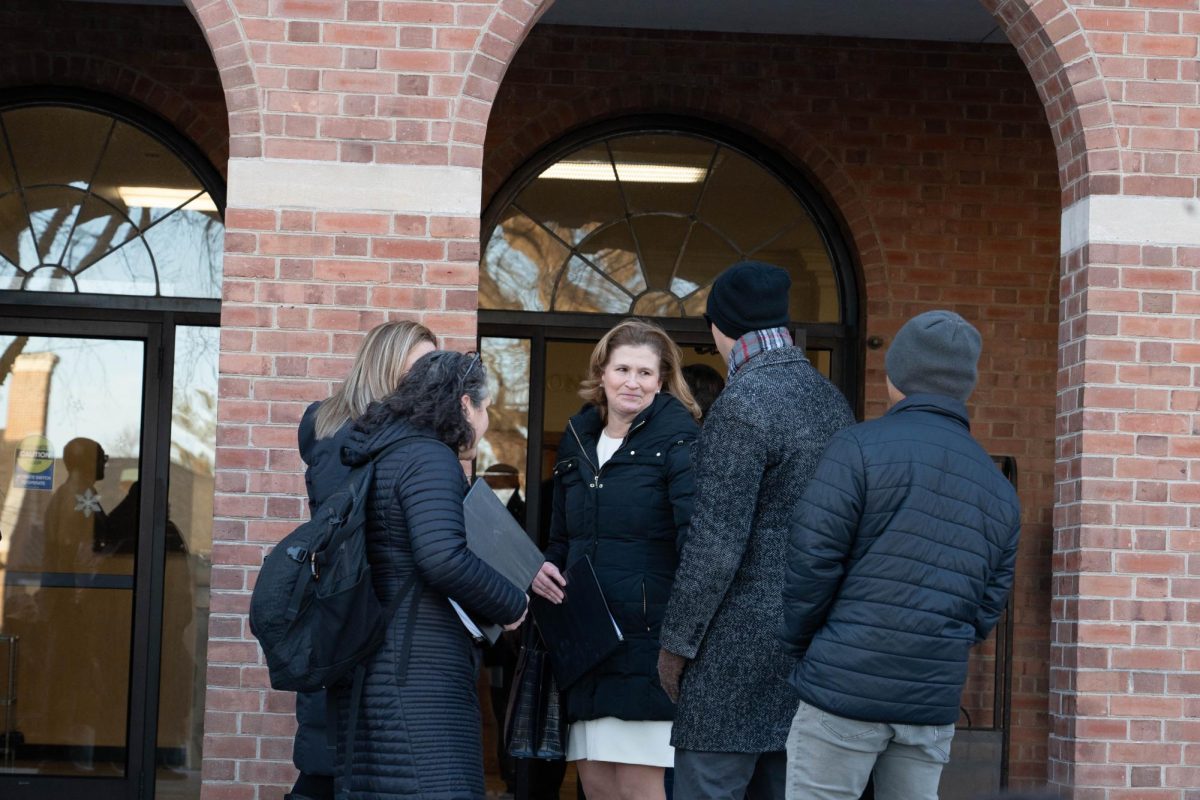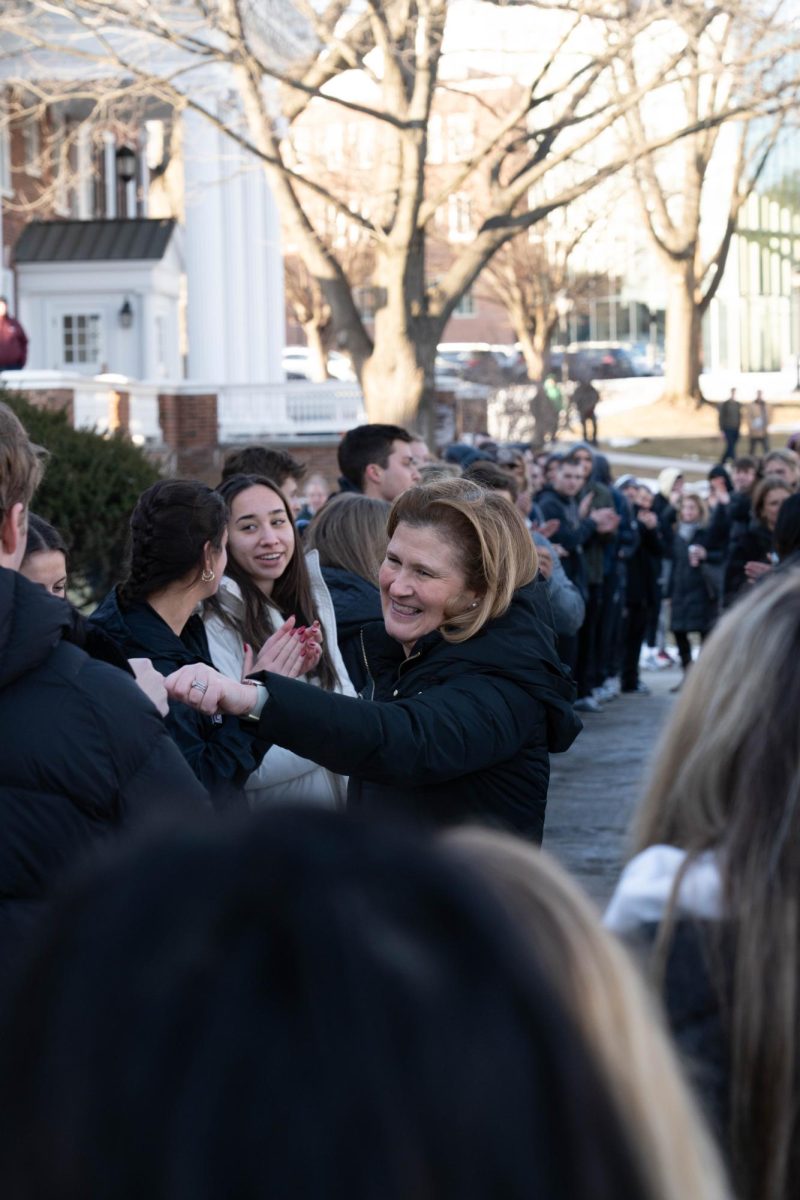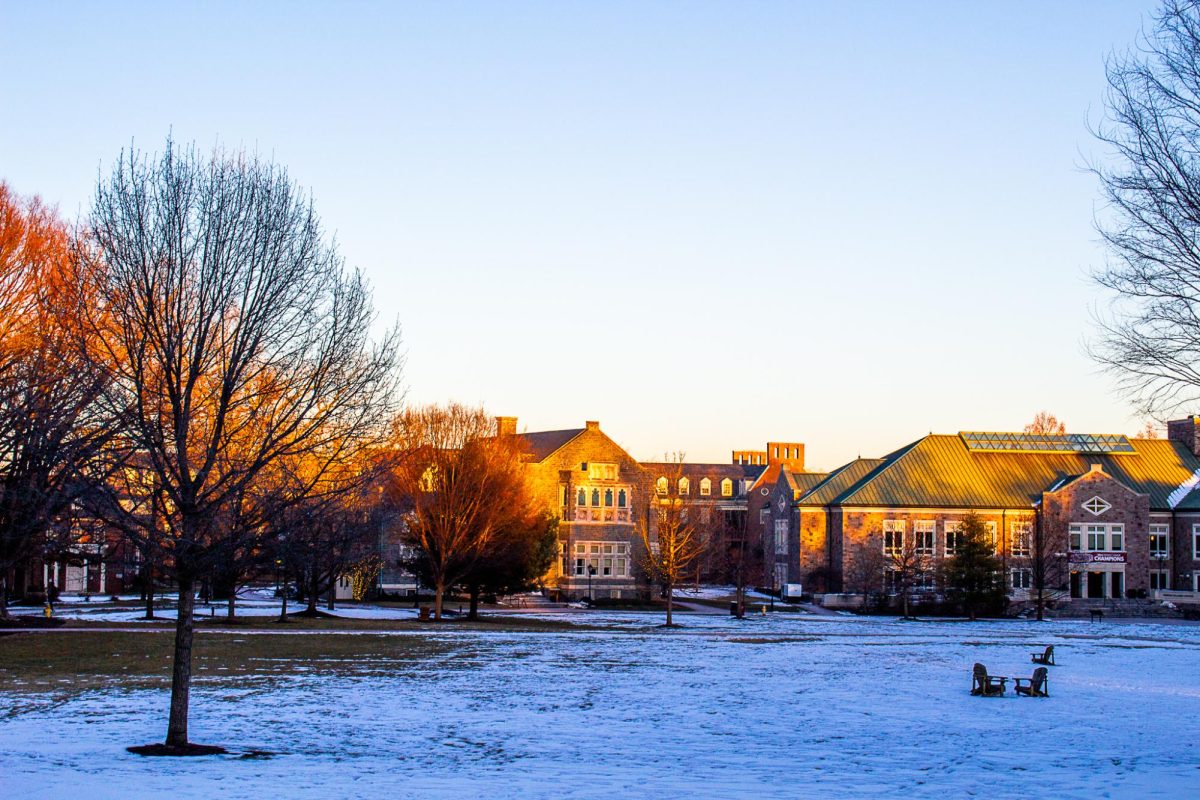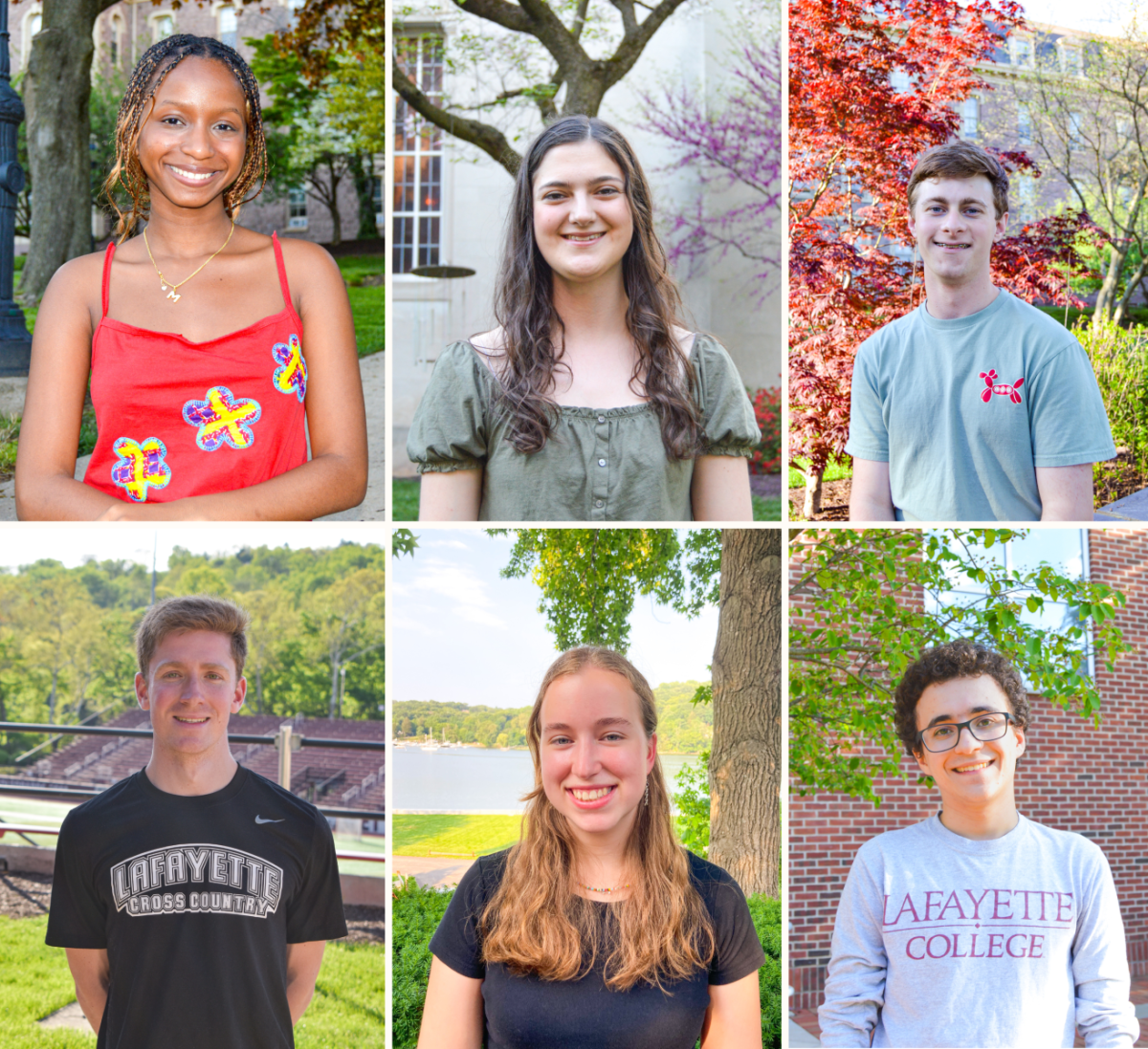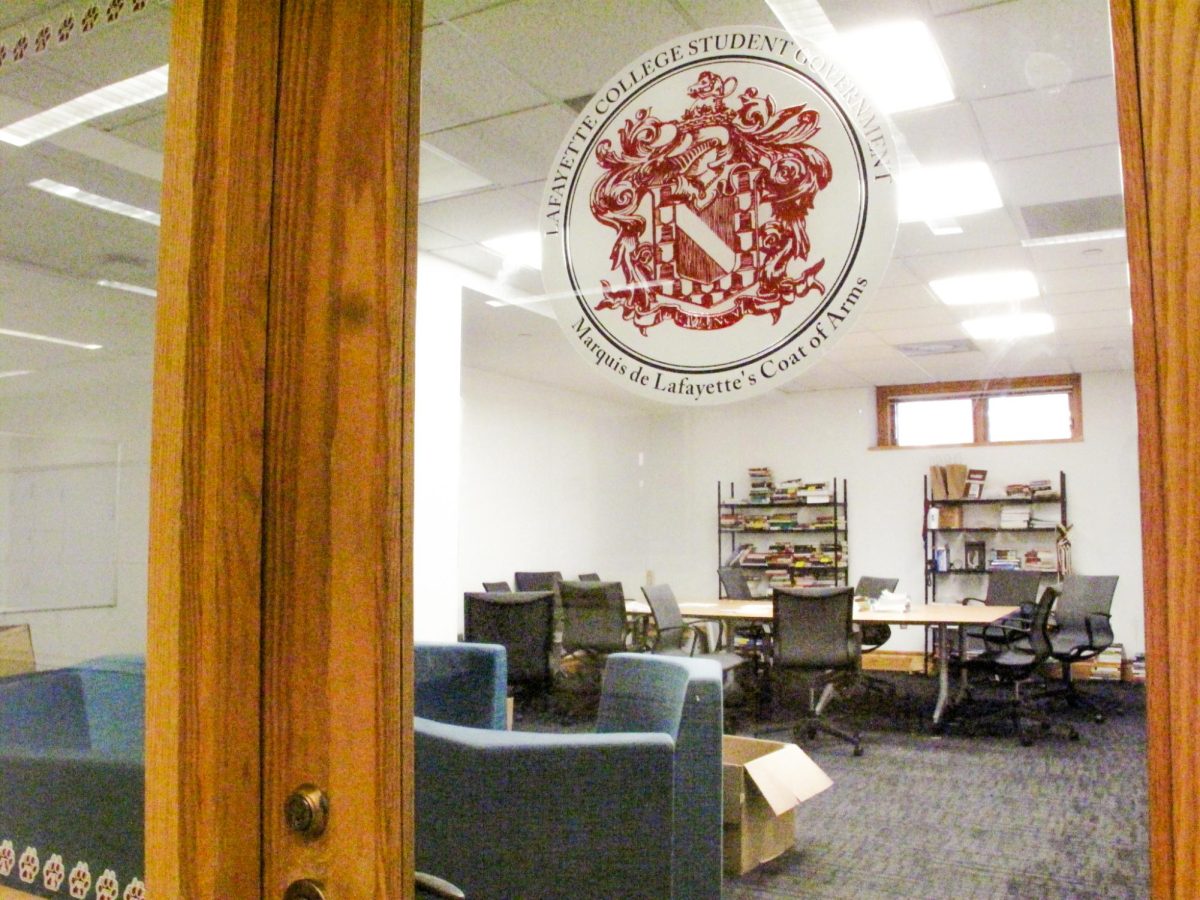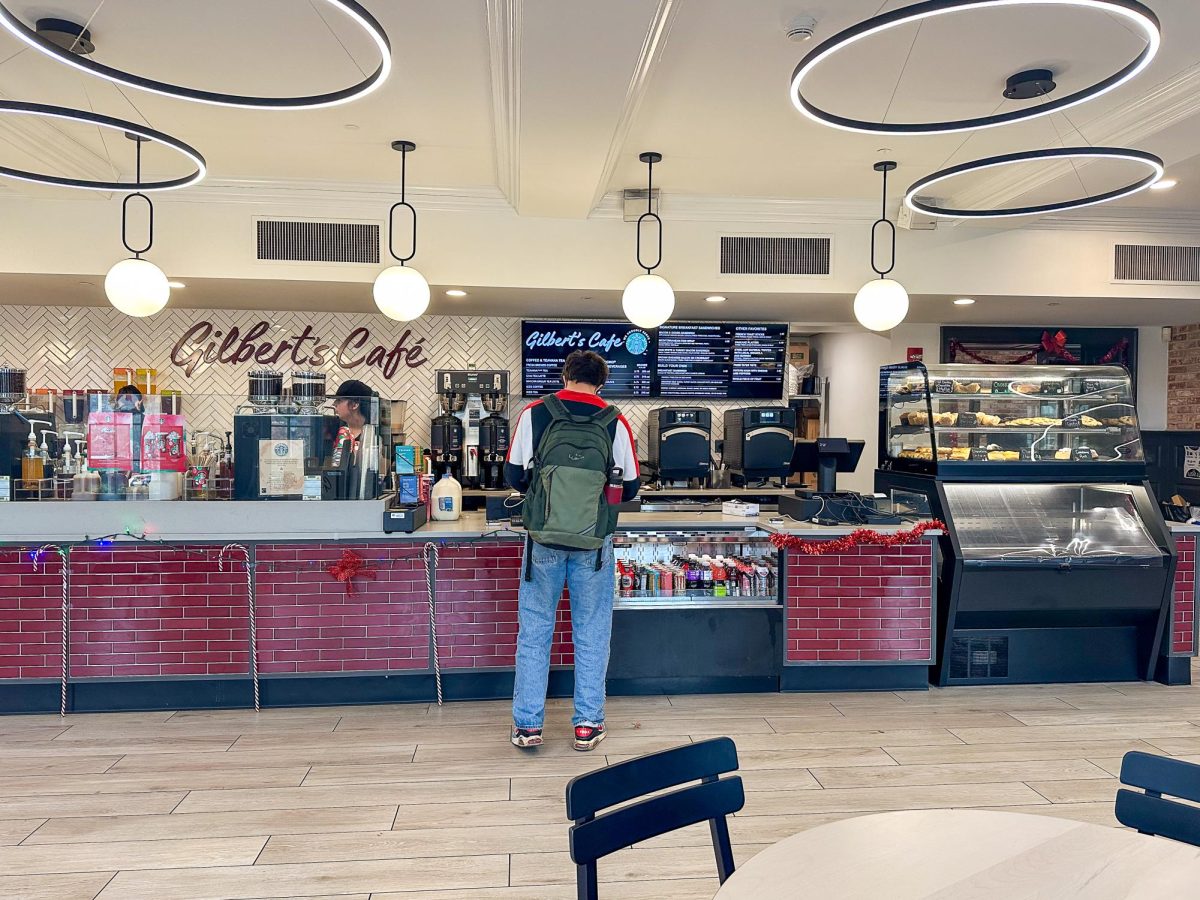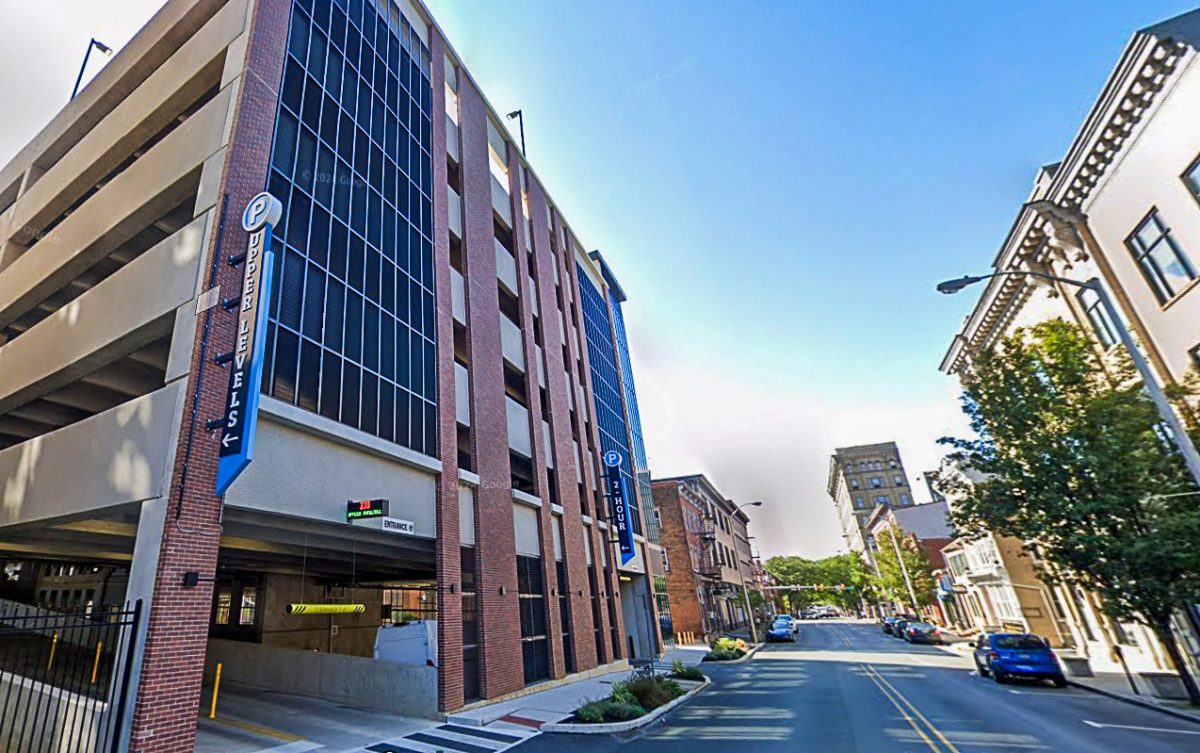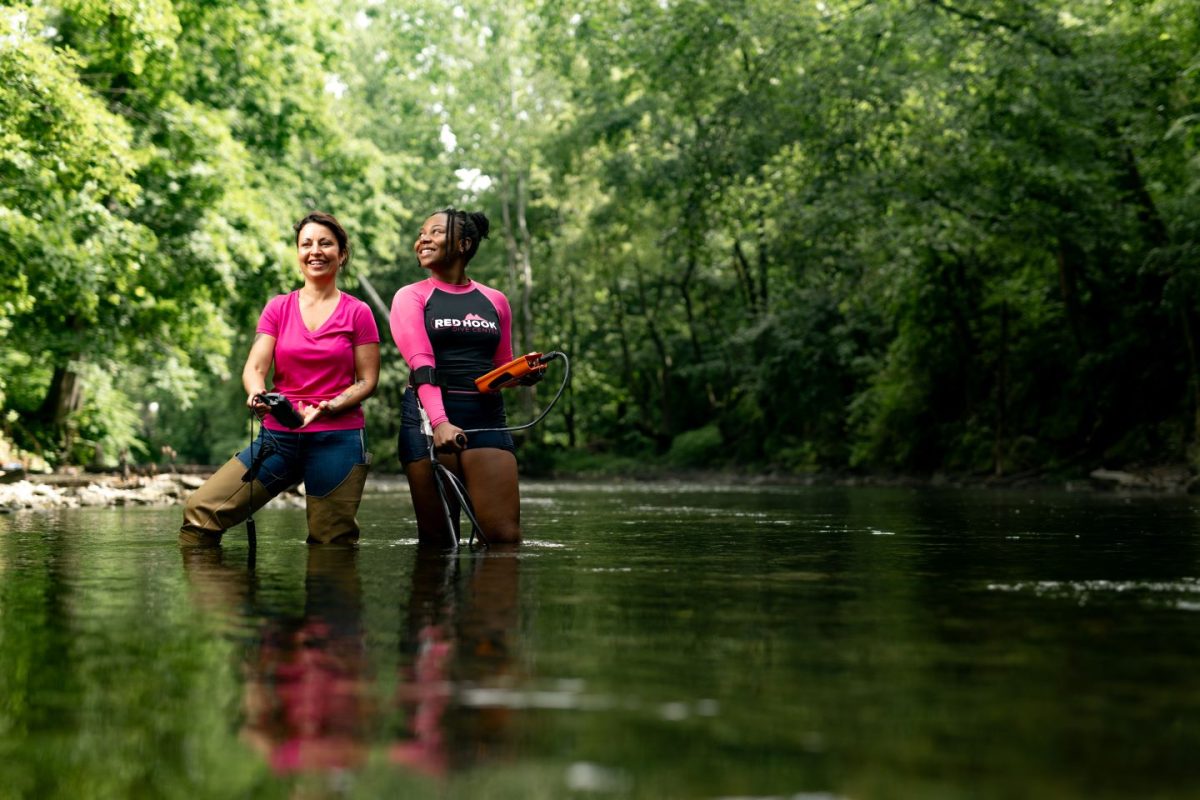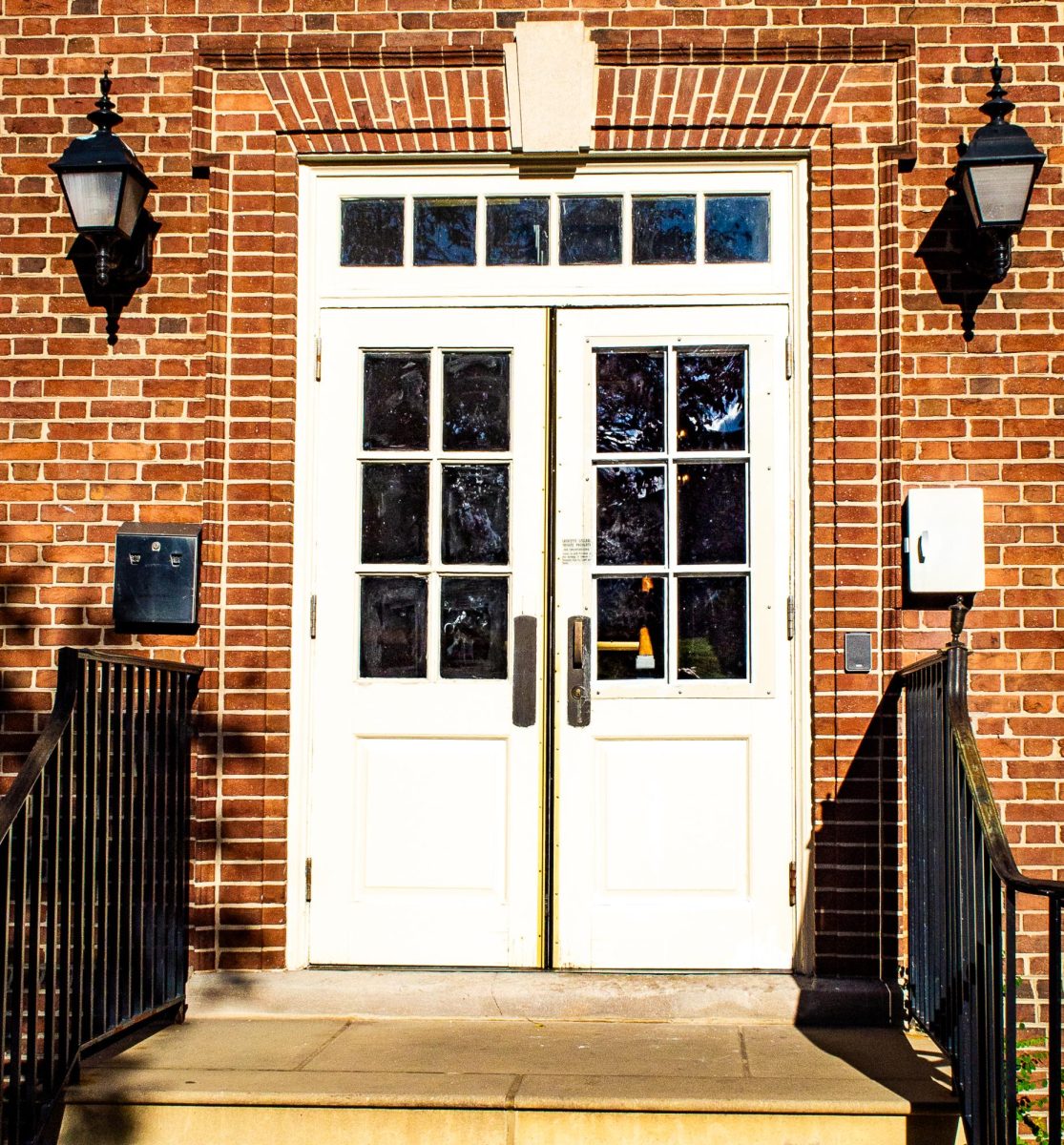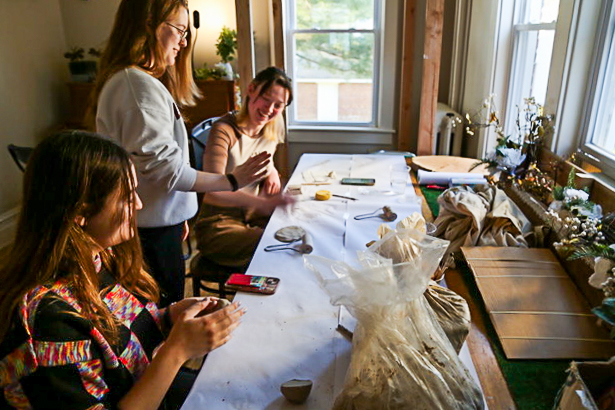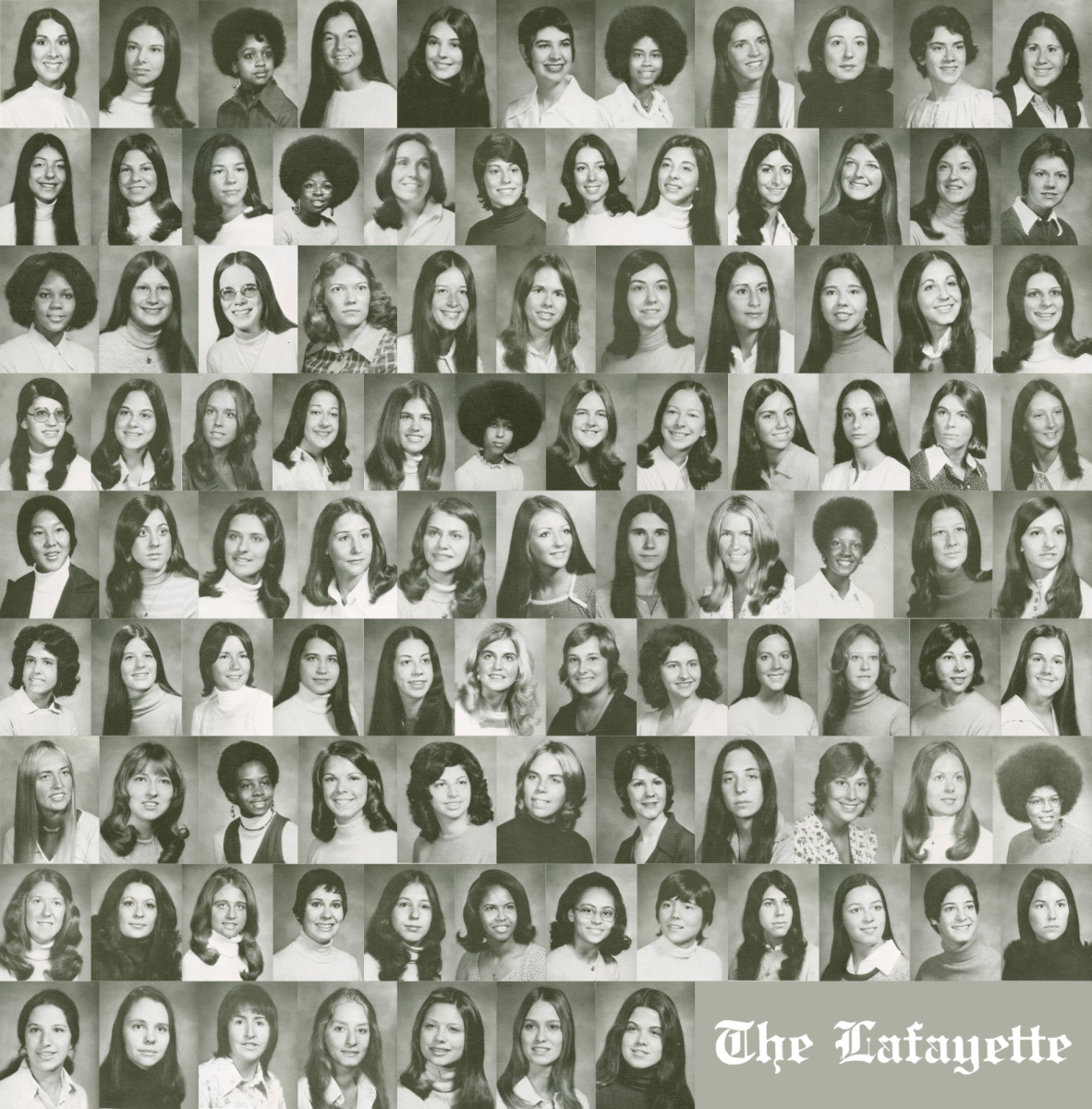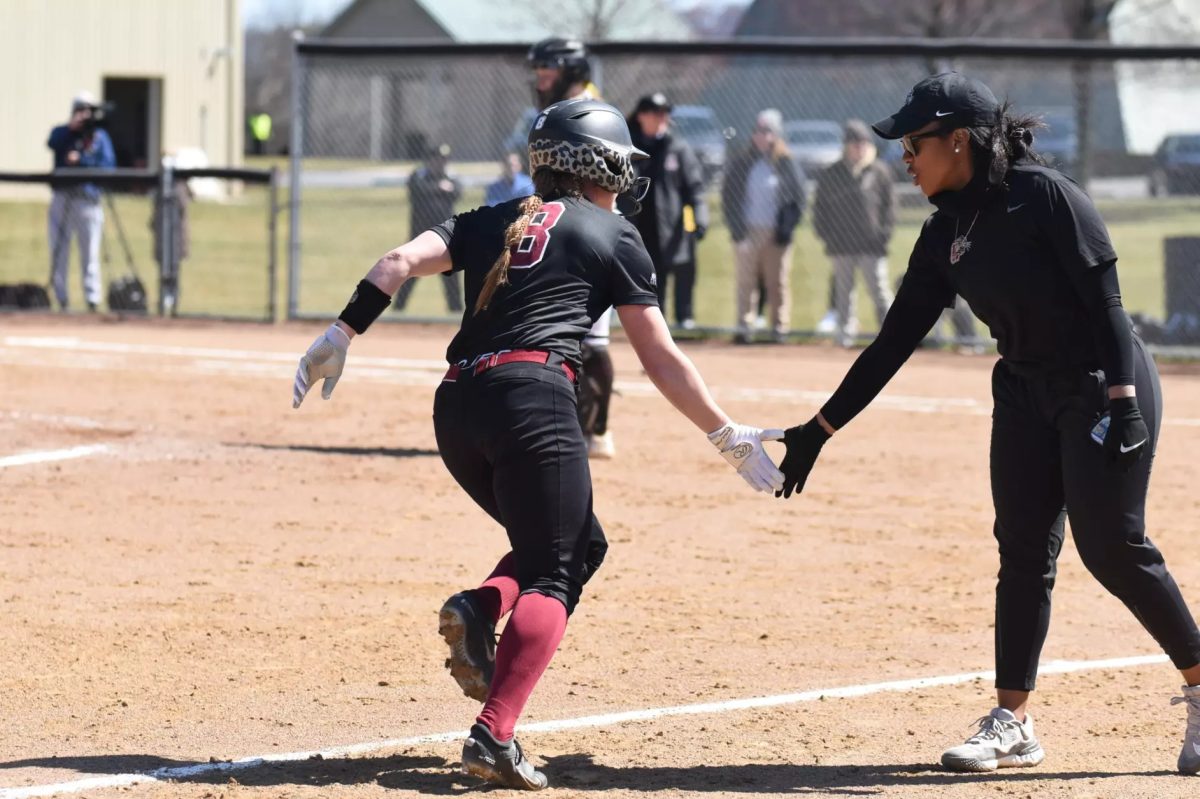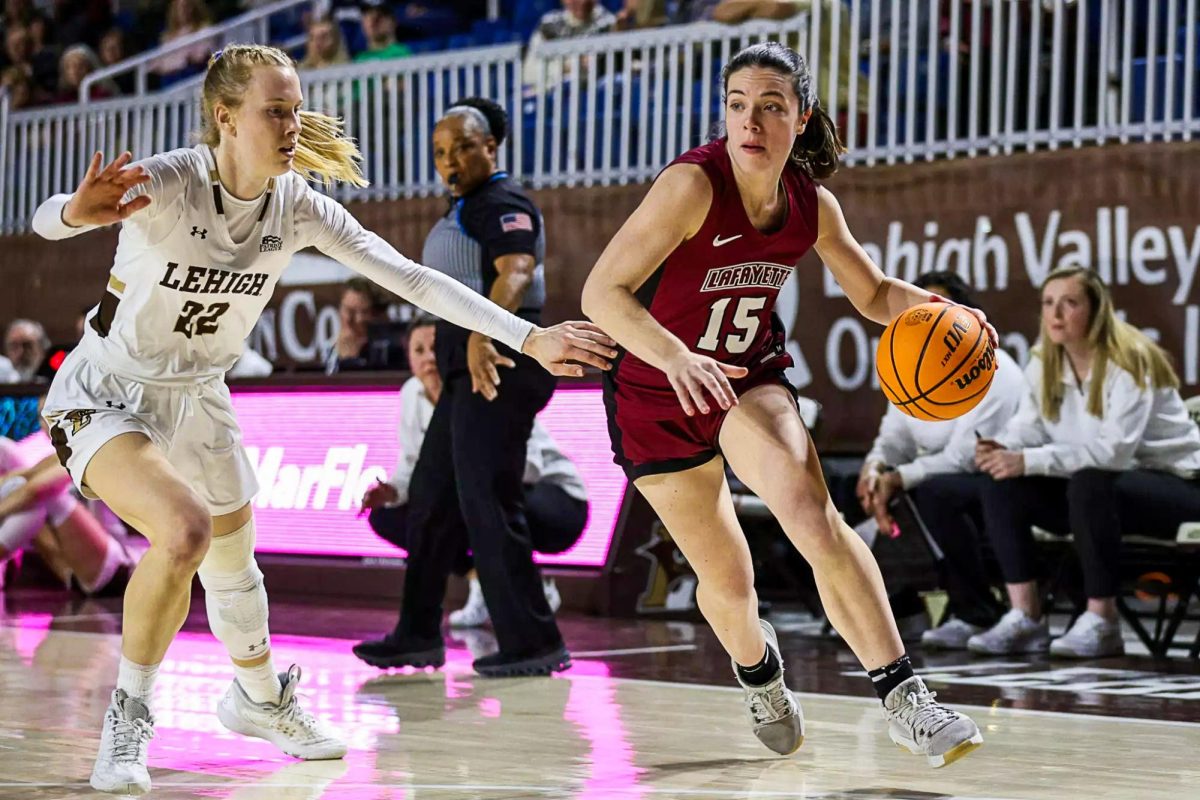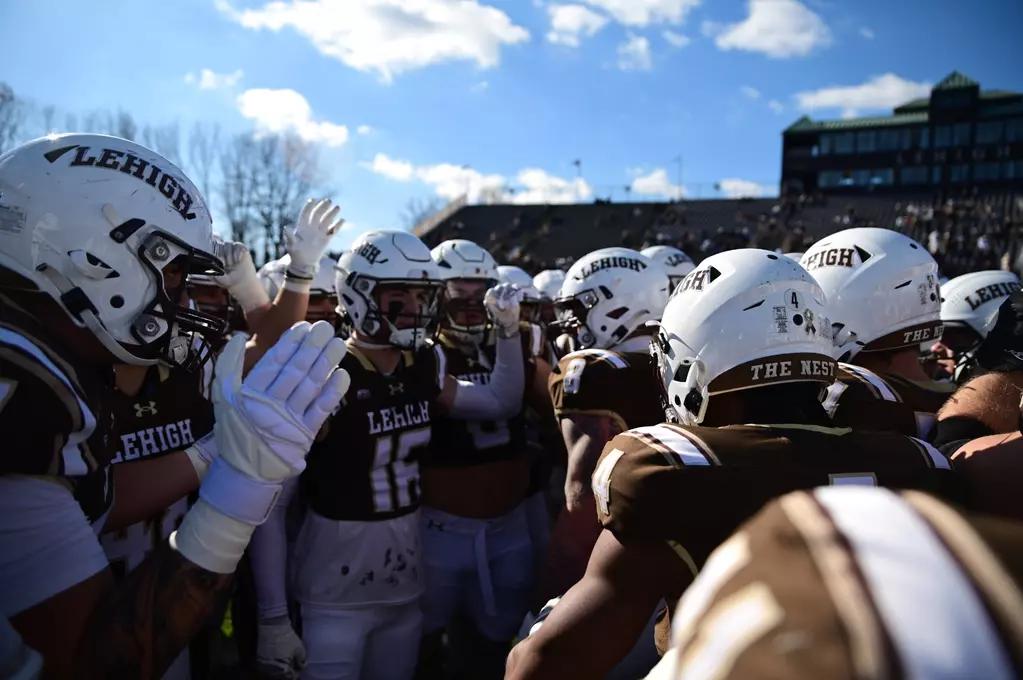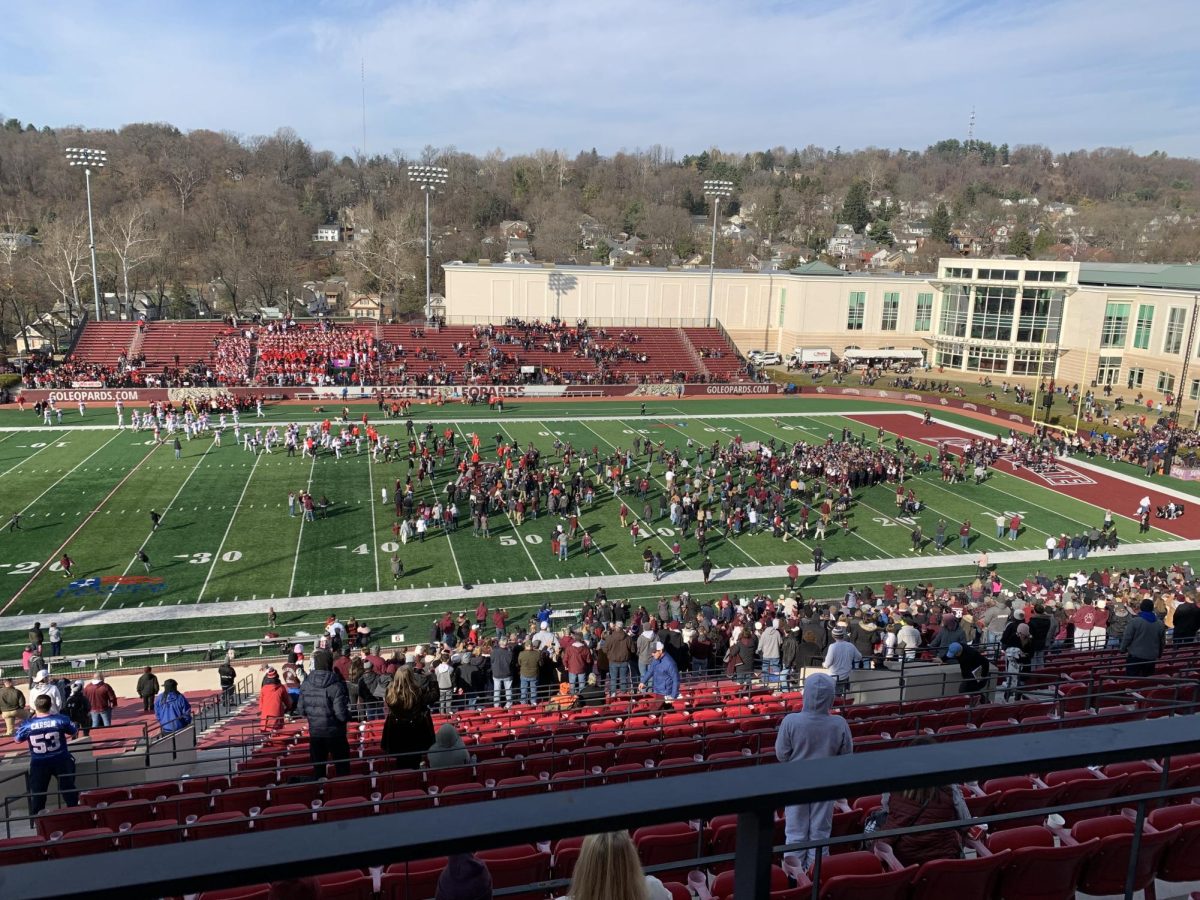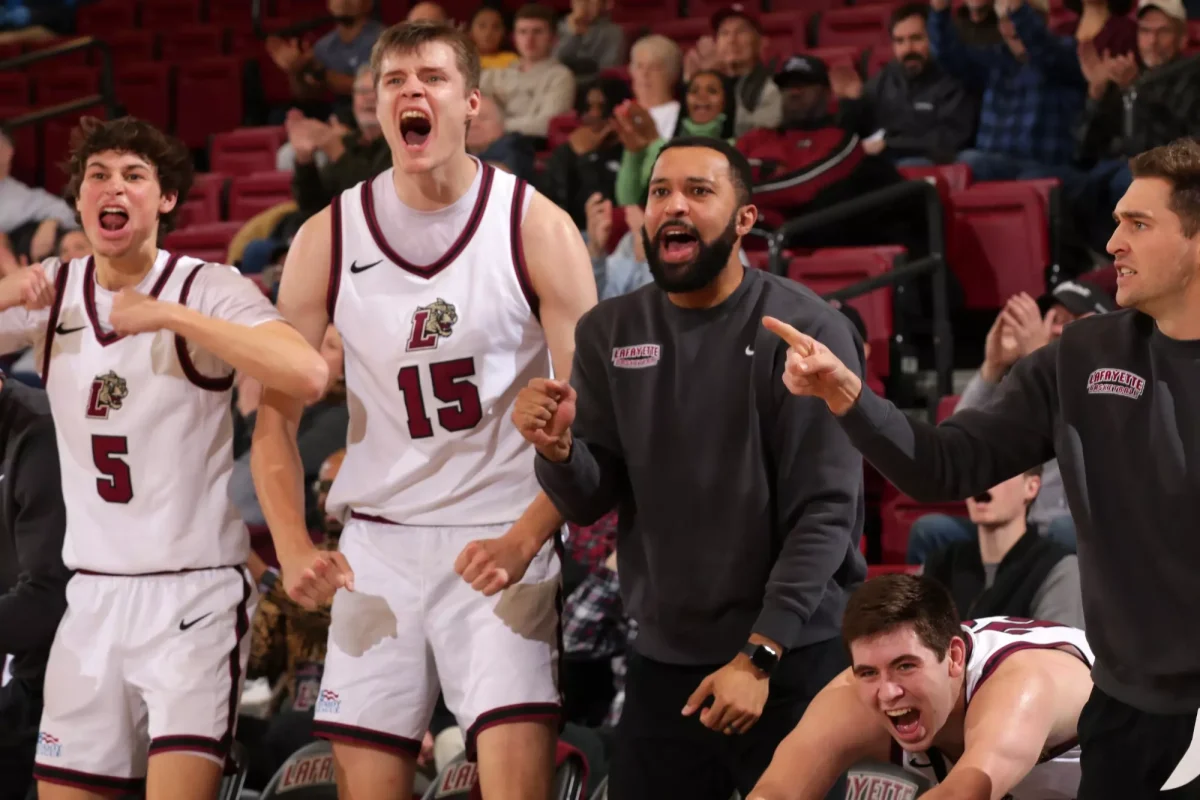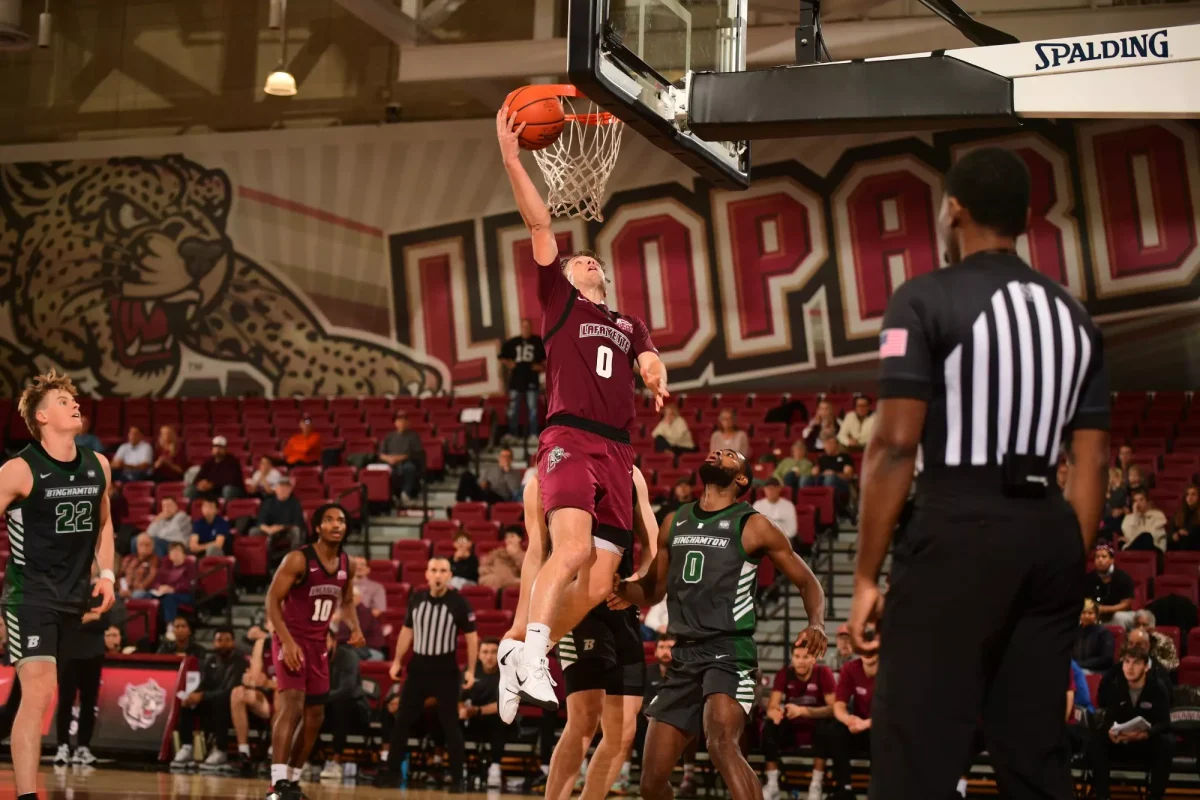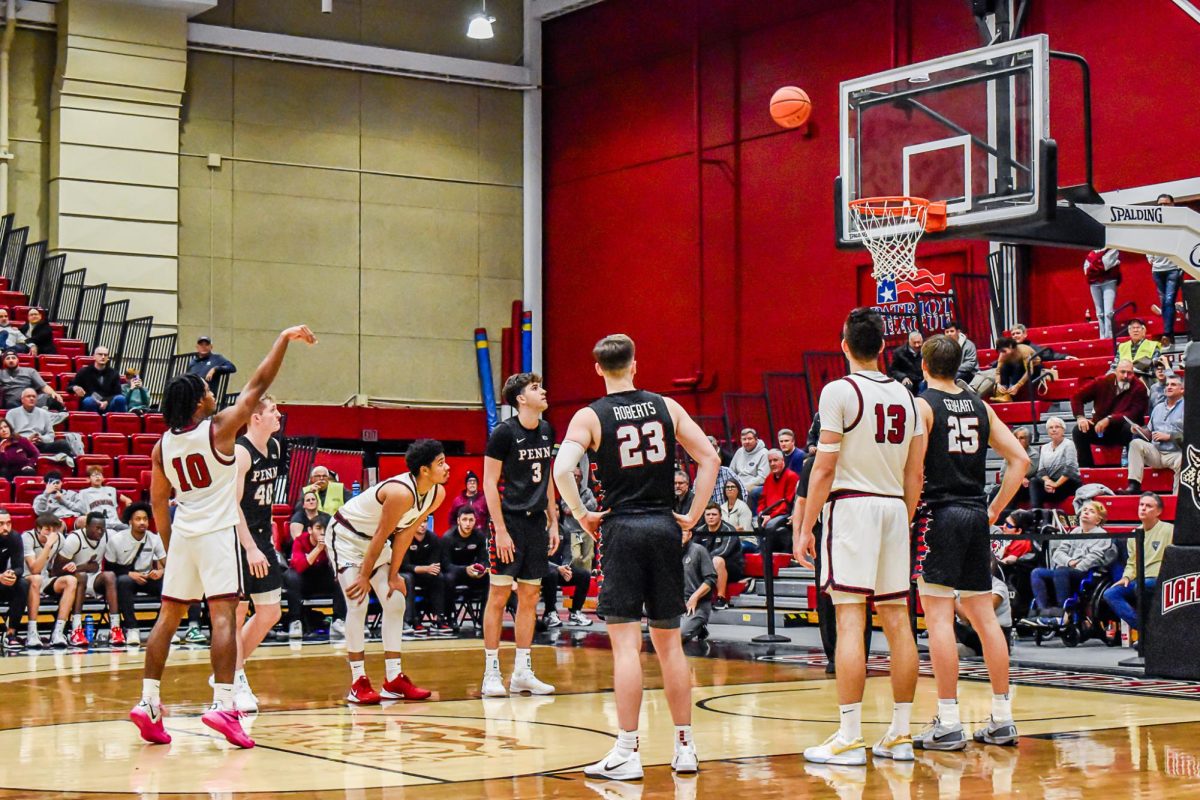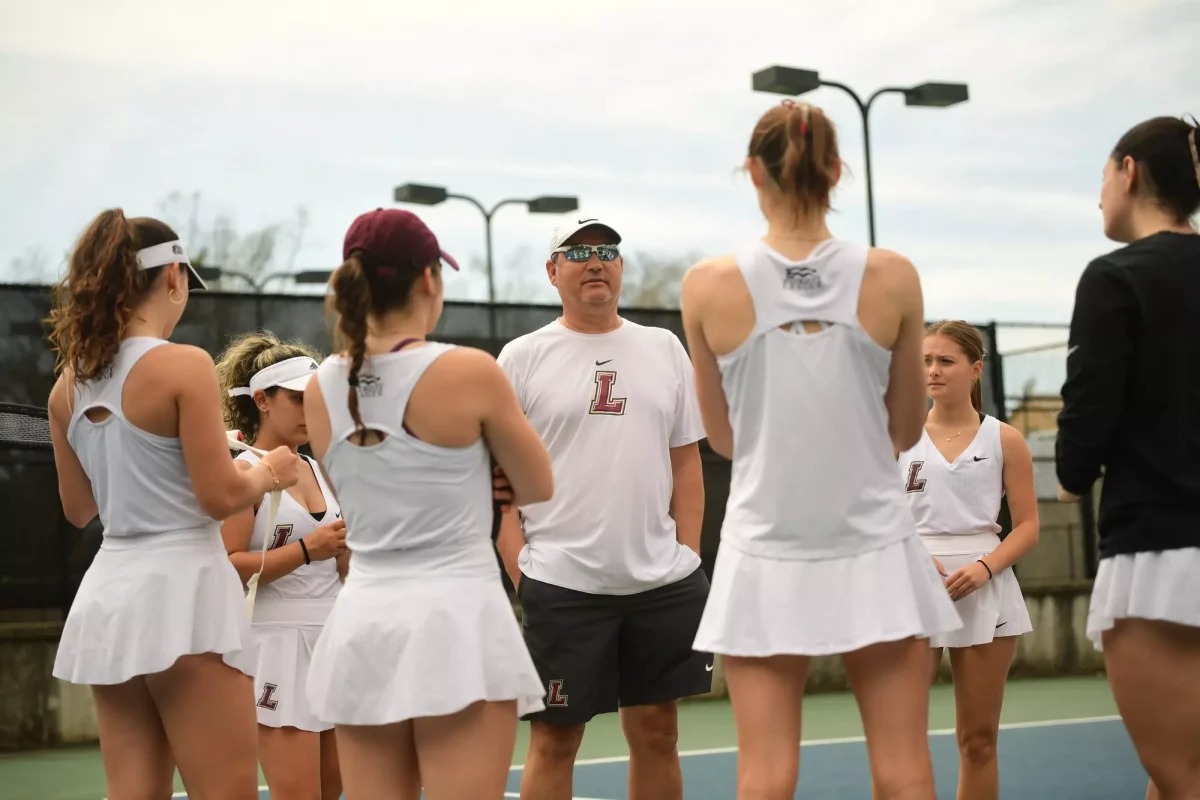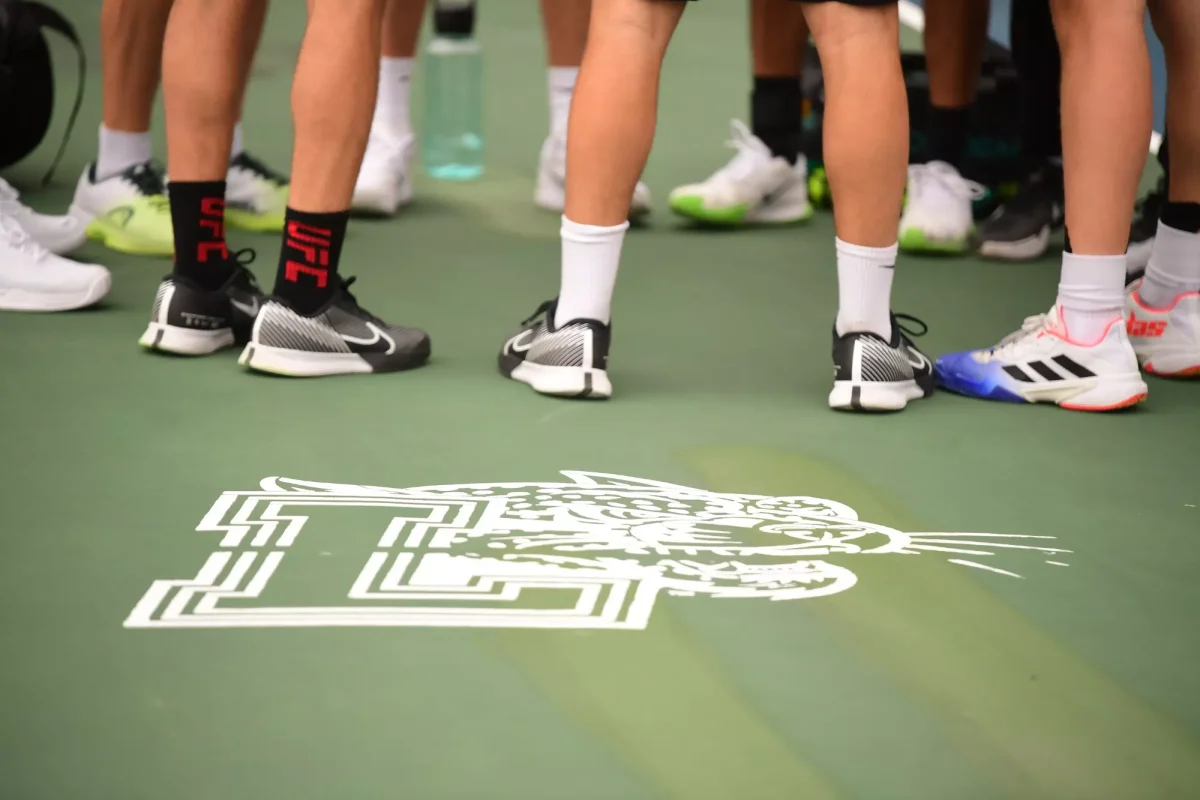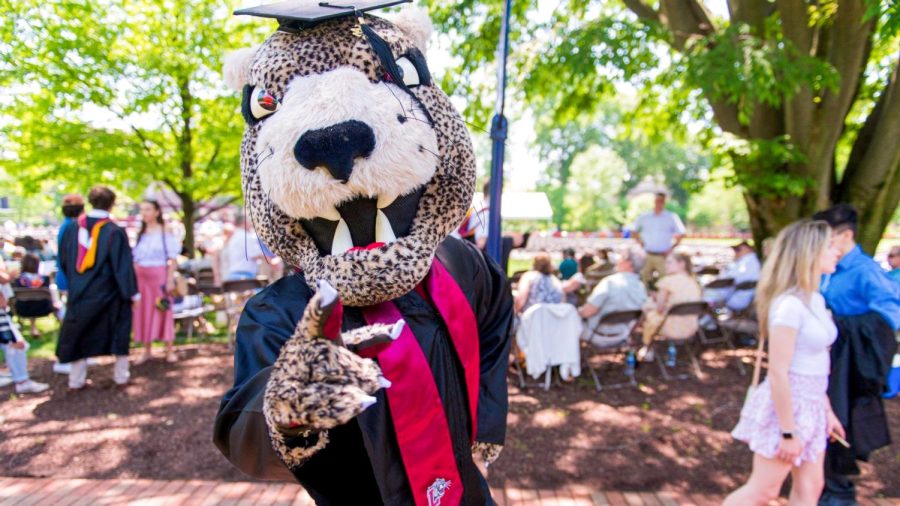Lafayette’s student-athletes face the challenge of balancing their coursework with the demanding schedule of their sports. This year, Lafayette athletics achieved a 98 percent Graduation Success Rate (GSR) across all programs, with 18 out of the 19 teams measured earning a 100 percent GSR.
To director of Athletic Communications Phillip LaBella, the designation, which is awarded by the National Collegiate Athletic Association (NCAA), represents the hard work and dedication of the student-athletes.
“We’re proud that Lafayette Athletics has been a consistent leader in the NCAA’s Graduation Success Rate,” LaBella wrote in an email. “While it’s something we’ve been accustomed to since the measure was introduced, we are careful not to overlook the hard work of our student-athletes who are buoyed by the support of our faculty, staff, coaches and administration.”
This year’s GSR is down slightly from last year’s rate of 99 percent but still ranks among the top for Division I schools. Within the Patriot League, Lafayette and Holy Cross are tied for second, with Bucknell coming in first with a score of 99. Lafayette’s football team achieved a score of 94, the sixth-best score among measured schools.
According to senior field hockey forward Felicitas Hannes, who has been named to the Academic All-Patriot League Team two years in a row, Lafayette’s high GSR is a reflection of the rigorous academic culture within the athletic program.
“In athletics, they talk a lot about championship culture, and I do think academically, they want you to achieve that, too,” she said.
Hannes, a mathematics and economics major, finds time management to be the most difficult component of her life as a student-athlete. When field hockey is in season, her days start even before her earliest class when she eats breakfast and heads to the gym for an 8 a.m. lifting session.
After a full day of attending classes, Hannes and other athletes often immediately go to practice, which usually starts just after 4 p.m. — right when the last of the afternoon classes end. Practice is then followed by team dinner as well as a studying and homework session in the library if there are no other athletic responsibilities, which may include watching films or preparing for the weekend’s games.
“If you don’t use your time wisely — if you sit around for too long and don’t start your assignment early enough — that all of the sudden could get really hectic,” Hannes said.
“For our student-athletes, time management is imperative in every aspect of their lives,” LaBella added. “Whether it’s studying after a game on a road trip, an early-morning lift or a late-night practice, they have to make sacrifices in order to be successful in both realms,” he wrote.
Because of these challenges, the Department of Athletics strives to provide resources for student-athletes to ensure their continued academic, athletic and social success. Hannes serves as a peer mentor for younger student-athletes, a position that allows her to meet individually with five students on a weekly basis to discuss their classes, experiences with their teams and social lives.
Despite the difficulties of being a student-athlete, Hannes sees her academic and athletic success as deeply intertwined. “If you’re well-prepared as a student, you’ll do pretty well on the field, too,” she said. “Every time I did well academically, I would play well [because I was] less stressed.”
Hannes believes being a student-athlete has taught her valuable skills that will serve her in the future. “Being able to work in a group and being a team player, all of these things help you so much,” she said.


